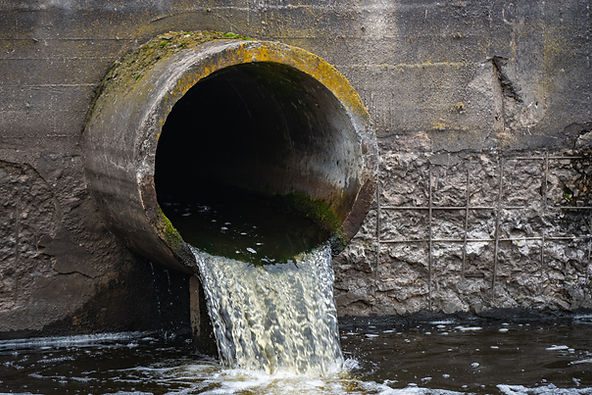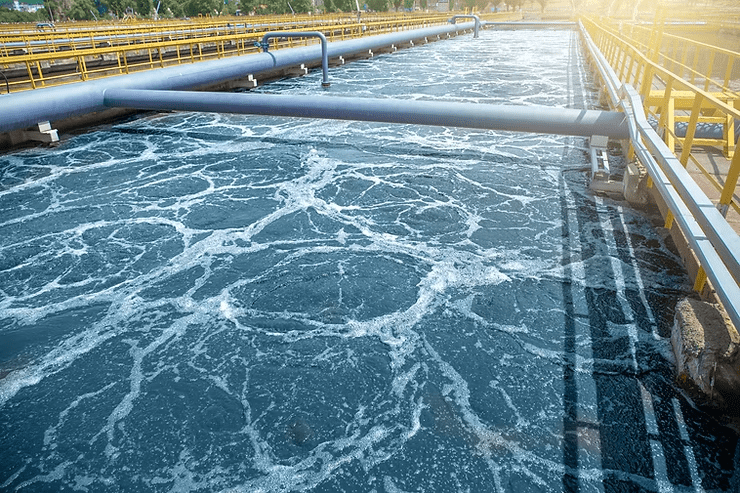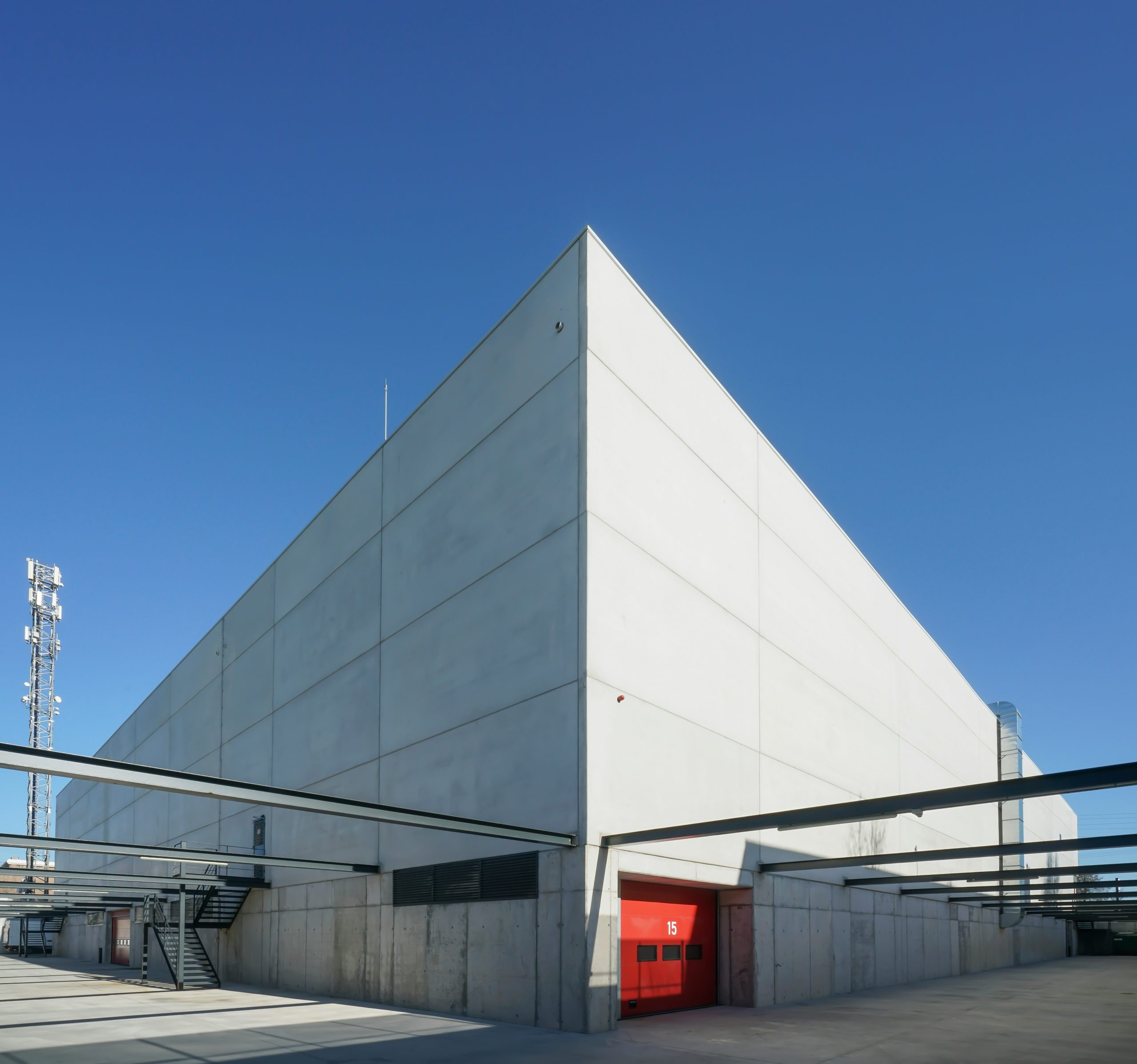UK Water is going through a public and investor relations nightmare. Water nowadays has the toughest PR amongst infrastructure sectors as the public tends to get much more emotional about water compared to other utilities.1 Headlines about storm overflows, quality of bathing waters,2 anger over bills, and company-specific problems have not been helpful to say the least. UK’s watr industry3 being the only fully privatised water and sewerage networks in Europe, it usually remains in the middle of the political debate about privatisation in general.
Privatisation aside, institutional investors prefer not to be associated with such issues even if the returns are acceptable. And the returns, at least in a few cases that keep making headlines, are not acceptable. Investor sentiment is arguably at its lowest level, pushing capital away from the UK water sector,4 especially for large utilities with wastewater treatment responsibilities. Water-only companies are relatively protected but the overall negative sentiment on the sector affects them as well.
Yet the new five-year business plans for UK water utilities approved by Ofwat — the 2024 Price Review (PR24), covering 2025–2029 — lock in the largest investment programme since privatisation, which will require a significant level of additional capital investment.
As the largest investable market with the longest track record, UK water utilities were once considered the core foundation in any infrastructure portfolio. Water utility is supposed to be a resilient investment, providing stable cash yield through market fluctuations with its inelastic demand in both tariffs and GDP growth as well as automatically inflation-indexed revenues. The recent equity wipe-outs should not have happened in a sector that was the poster child for core infrastructure. Hence the deep disappointment.
Having said that, equity and debt investors will come back to the sector as the fundamentals remain strong and the regulation improves.5 UK water exposure will once again be a pillar of the core foundation of infrastructure portfolios. Given current investor sentiment, there is a significant opportunity for the early movers with the core investment discipline. Now may be the time to go against the flow.
UK water quality holds up well, improvement needed in bathing waters
The average water bill in the UK fell in real terms for much of the last decade, which created headroom for the new cycle of rate rises and elevated level of capital expenditures. The Independent Water Commission estimated about a 15% real terms reduction between 2014–2015 and 2022-2023.6
The lesson-learned for the regulator and the policy makers is to allow much needed environmental expenditure rather than one-sidedly focusing on the politics of customer bills.7 As bills are expected to rise in real terms for a while in the next 10 – 20 years,8 a single national social tariff recommended by various bodies is being considered, so the vulnerable households with affordability issues can be protected while keeping the investment programme intact. Despite growing bills and the headlines, UK water actually holds up well against peers.9
- Drinking water quality: Compliance exceeds 99%, the highest level comparable to Germany, the Netherlands and Denmark.
- Bills: UK household charges remain mid-table—below Germany, Denmark, and the Netherlands—even after recent increases.
- Bathing waters: The UK lags top performers. Only 85% of England’s bathing waters are rated “Excellent,” versus 97% in Germany and 94% in Ireland. France and the Netherlands also outperform.
Improving the environmental performance of bathing waters is exactly where PR24 directs a meaningful share of the resources. Developing strategic water resource schemes also receive significant attention in PR24.

PR24’s record level of RCV growth
In PR24, Ofwat allowed a significant increase in regulated capital value (RCV) through investments on water quality upgrades. As a result, the RCV growth rate will be at the highest level the sector has seen in years. Three things have changed in PR24:
-
Ofwat allowed total expenditure of £103.7 billion for 2025–2029, an unprecedented c.70% increase from its previous decision (PR19), with £60.1 billion for base (operations and maintenance) and £43.6 billion for enhancement (upgrades and new obligations). Enhancement is about three times the level at the last review. Base allowances are 19% above PR19 and 7% above the last five-year outturn. A fully funded plan to grow the RCVs.
-
Almost 90% of enhancement is driven by statutory plans and regulators’ requests — water resource plans, the Environment Agency programme, the Drinking Water Inspectorate, etc. This reduces discretion risk and ties money to deliverable outcomes.
-
Ofwat is applying price control deliverables (PCDs) to about 80% of enhancement and tying incentives to on-time delivery. Late delivery incurs penalties; early years focus on getting major programmes moving, providing additional incentives to the utilities to deliver the their plan.
The visible outcome is a robust capex pipeline: strategic resource options, storm overflow reduction, pollutant removal, leakage reduction, inter-regional transfers, and smart networks. PR24 also covers early development funding to prepare designs, consents and delivery methods forward for the major projects already identified, around 30 strategic water-supply schemes including nine new reservoirs expected to be delivered over the next 15-20 years. The RCV growth plan is large and long term, goes well beyond the PR24 period, allowing investors to take a long term view.
Returns: what the allowed numbers signal
The relationship between the RCV growth and the investor return is complicated and depends on multiple factors, including the capital structure, e.g. short term project level debt vs corporate debt, as well as delivering the mandated projects on budget and on time.
As the RCV growth will partially be funded by new equity10, cash yield to equity will partly be replaced by appreciation return, which requires a change in investor expectations and the risk profile. Accounting for RCV increases at 1.2-1.4 times in asset valuations and exit assumptions, a practice that was widely implemented before, will raise eye-brows in today’s environment. The RCV growth provides opportunities for financial outperformance but equally there are risks on delivering the projects on time and budget. It is prudent to assume that the growth in investment plan will be neutral in expected returns, though widening the range of outcomes. Putting that aside, the allowed return on equity becomes key.
Ofwat’s PR24 final determinations set the real (CPIH indexed) weighted average cost of capital at 4.03%, and the real allowed equity return at 5.1% for the notional company with a 55% loan-to-value ratio. There is an expectation that the Competition and Markets Authority will push the allowed equity return upwards, possibly to the 5.5-6% range.
Is there room for 8-9% returning investments in infrastructure portfolios?
The question is whether a nominal return11 in the 8-9% range (5.5-6% plus long term inflation) will be enough to attract equity into the sector, while most core to core-plus infrastructure funds are targeting 10+% returns in the current environment.12
The main lesson-learned, hopefully it is a lesson learned, from the recent underperformance discussion is overleverage. The 8-9% allowed equity return for the notional company, in the hands of financial wizards especially when RCV is growing significantly, can be raised to 10+% by raising the loan-to-value ratio. But we learned that lesson, it is unlikely that the investors considering the water sector now would aggressively raise HoldCo debt. Short of taking that route again, an 8-9% equity return with strong resilience to capital market fluctuations (reliance on long term fixed rate debt at the notional company level), non-existent technology or obsolescence risk, and the strongest perpetual protection against inflation should comfortably be in the core foundations of infrastructure portfolios even in today’s relatively high nominal return environment.
The more important determinant of the equity return for a long term, buy-and-hold type investors is of course the entry price. Valuation scepticism is high, especially for utilities with wastewater treatment duties. Recent under-performance in returns on regulatory equity and capital overspend in waste water in 2020–2025 have further depressed sentiment. On the other hand, the fundamentals of the sector, including stable and inflation-indexed revenues and fully funded RCV growth are structural – a classic case where unpopular headlines mask strong fundamentals. The opportunity here is not about worrying about the news cycle. It is about recognising the value of the appropriate investment strategy for the cash flows stability and the delivery discipline is in place. Now is that moment.
[1] The only counter-example I heard in the infrastructure space about this generalisation is internet access in student housing. Compared to a water cut off, a pre-announced and brief disconnection of Wi-Fi service evidently generates much higher volumes of instant complaints.

























